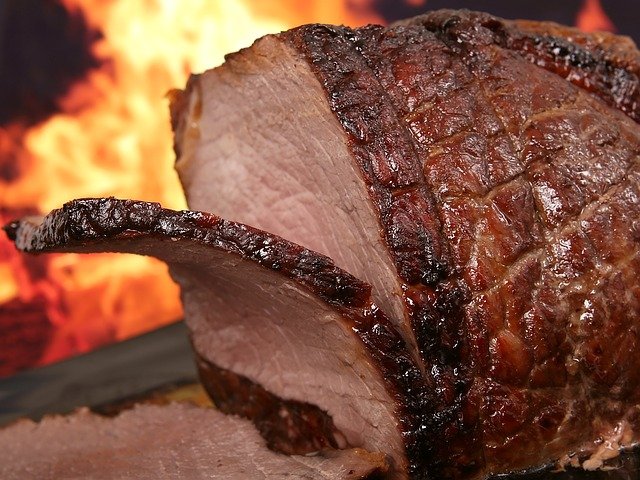Introduction
When it comes to protein-rich foods, steak is often at the top of the list. But how many grams of protein are actually in a serving of steak? In this article, we will explore the protein content of steak and provide you with a better understanding of its nutritional value.
Protein Content in Steak
Steak is a popular choice for protein intake due to its high protein content. The exact amount of protein in steak can vary depending on the cut and cooking method. On average, a 3-ounce (85-gram) serving of cooked steak contains around 25 grams of protein. However, it is essential to note that different cuts of steak can have slightly different protein contents.
Protein Variations in Different Cuts of Steak
The protein content in steak can vary based on the specific cut. Here are a few examples of popular steak cuts and their approximate protein content per 3-ounce serving:
Filet Mignon: This tender and lean cut of steak contains around 23 grams of protein.
Sirloin: Sirloin steak, known for its balance of tenderness and flavor, contains approximately 26 grams of protein.
Ribeye: Ribeye steak, known for its marbling and rich flavor, contains around 24 grams of protein.
New York Strip: A New York Strip steak contains approximately 24 grams of protein.
These are just a few examples, and the protein content can vary slightly depending on factors such as the animal’s diet and the cooking method used.
Protein Quality in Steak
Not only does steak contain a significant amount of protein, but it also provides high-quality protein. Protein quality is determined by the amino acid composition and digestibility. Steak is considered a complete protein source, meaning it contains all essential amino acids that the body needs.
The amino acids found in steak are easily digestible and have a high biological value, which means they are efficiently utilized by the body. This makes steak an excellent choice for meeting your protein needs.
Other Nutritional Benefits of Steak
In addition to being a rich source of protein, steak offers several other essential nutrients. It is a good source of iron, zinc, vitamin B12, and other B vitamins. These nutrients play vital roles in various bodily functions, such as energy production, immune function, and red blood cell formation.
However, it is important to note that steak can also be high in saturated fat and cholesterol. Therefore, it is recommended to consume steak in moderation as part of a balanced diet.
Conclusion
Steak is a protein-packed food choice that can provide a significant amount of protein per serving. On average, a 3-ounce serving of cooked steak contains around 25 grams of protein. Different cuts of steak may have slightly different protein contents, but they all offer high-quality protein. Additionally, steak is a good source of other essential nutrients such as iron, zinc, and B vitamins. However, it is important to be mindful of the saturated fat and cholesterol content in steak and consume it in moderation as part of a well-rounded diet.
References
– Mayo Clinic: mayoclinic.org
– USDA FoodData Central: fdc.nal.usda.gov
– Healthline: healthline.com













